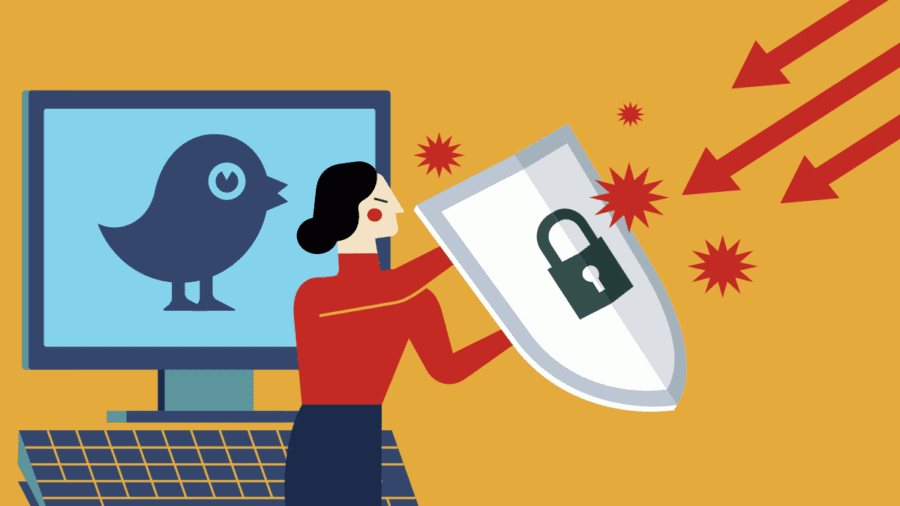5 Types of Cyber Threats on Social Networks

Social media users leave information such as device information, phone numbers, IP addresses, cookies, etc. Below, we describe the cyber threats on social media networks and websites and how to keep yourself safe from such threats.
When using personal information online, you must ensure the connection is secure. It is desirable to use home, corporate, or mobile communication.
When connecting to public networks, you should use a virtual private network (VPN) to hide your IP address and ensure anonymity.
MNCs worldwide hire certified cyber security experts, as every organization requires cyber security experts to protect their important assets from hackers. MNCs should invest in cyber security as it has become important. Plenty of online cybersecurity courses from which employees can be trained and ready for cyberattacks.
Types of Cyber Social Threats
Virtually every user of social networks can fall victim to scams, from respected public figures and celebrities to well-known brands and regular users. Here are some of the most common methods used by scammers on social networks:
1. Social Engineering
Social engineering is the psychological manipulation of people to obtain confidential information.
Social networks allow attackers to find personal information that can be used to influence those who have access to classified corporate information.
2. Fake Identity
Using fake social media profiles, cybercriminals can carry out attacks on a large scale (for example, fake profiles of public figures used to spread mass malware or phishing campaigns among millions of victims) and on a more local scale.
These attacks can also be carried out against organizations using fake profiles that mimic the key people of a particular organization.
3. Phishing Attacks
Phishing attacks are carried out to steal money or confidential information. This threat is an example of a social engineering tactic in which attackers compose a text in such a way as to stifle the recipient’s common sense and instill fear in him.
The victim must go to a malicious site or perform certain actions to avoid danger or unwanted consequences.
4. Malicious Links
Social networks are often used to spread malicious links. Cybercriminals often disguise their links with a short URL, making it difficult for users to identify that they are pointing to a malicious site.
By following a malicious link, you can download malware and viruses that can help scammers gain access to your devices.
5. Theft of Personal Data
The theft of personal data affects millions of people a year. Lack of online security knowledge and increased user confidence in social networks often help fraudsters gain personal information.
Also Read: Best Credit Card Alternatives for Online Payments
Follow Top and Trending on Google News and receive the latest alerts and the main news about apps, technology, beauty, entertainment, and all the top 10 related posts.
